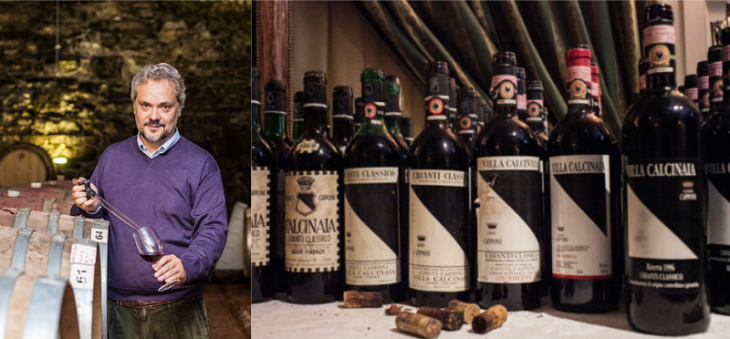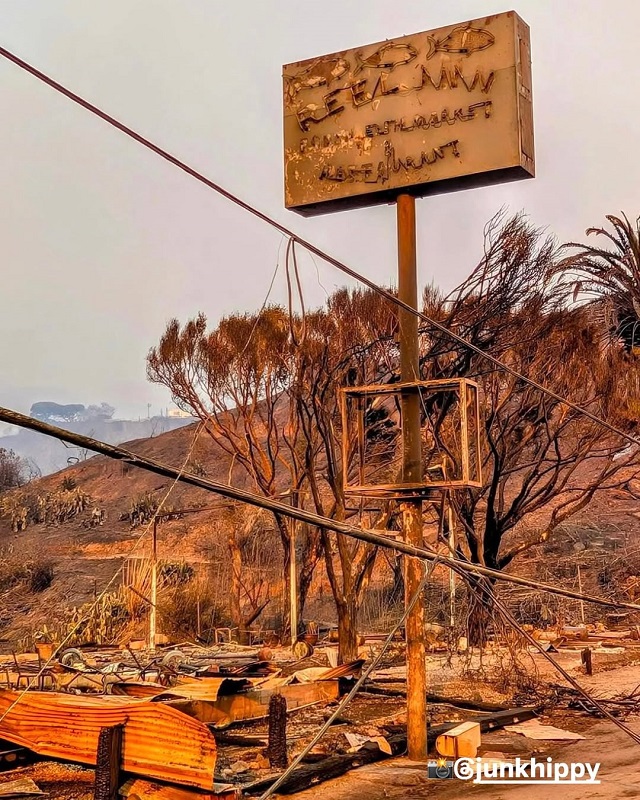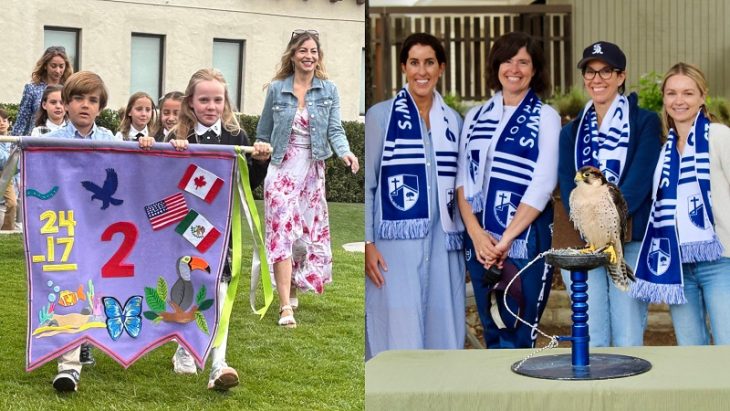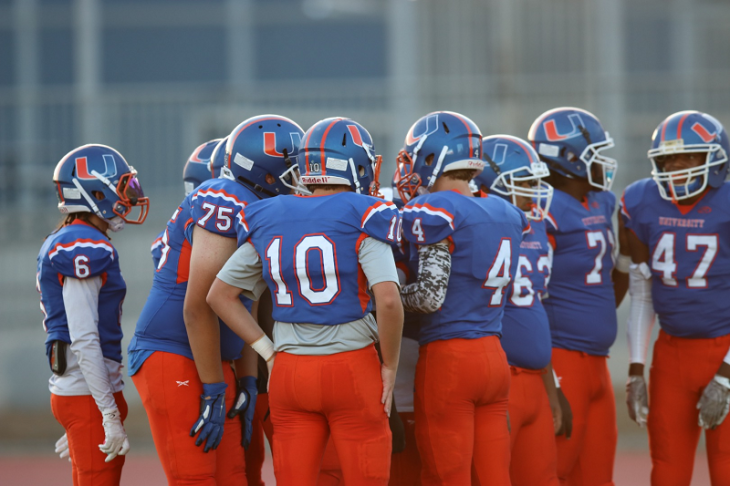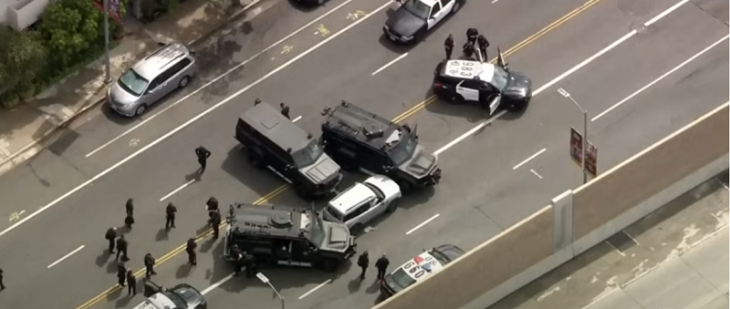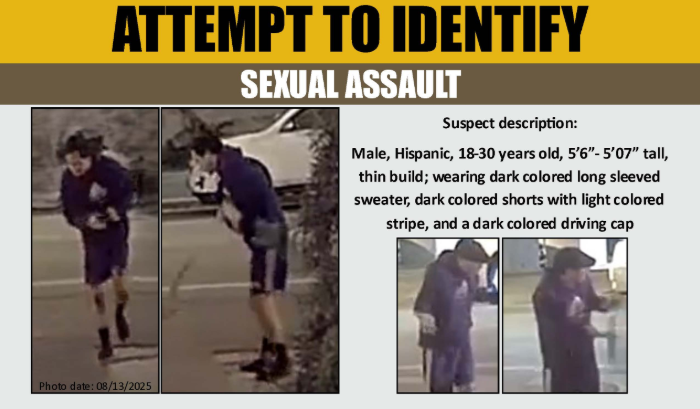Honey West: The Bold and Trailblazing TV Detective of the 1960s
By Dolores Quintana
In the fall season of 1965, television viewers tuning in to ABC on Friday evenings following the quirky sitcom “The Addams Family” were in for something quite extraordinary – the introduction of Honey West. This groundbreaking series featured a karate-flipping, gadget-wielding private investigator who raced convertibles through thrilling adventures. This unique character represented a significant milestone for women in television, breaking away from traditional gender roles.
Based on a series of dime store novels penned by Gloria and Forrest E. Fickling, the show drew inspiration from popular series like “The Avengers.” “Honey West” artfully combined elements of James Bond with a touch of film noir, creating jazzy, effervescent episodes that captivated audiences. The series was powered by the remarkable talents of Anne Francis, who played the titular character, and her character’s sidekick, the pet ocelot, Bruce.
Anne Francis, a celebrated actress with over 150 credits to her name, including roles in acclaimed films like “Bad Day at Black Rock” (1955) and the sci-fi classic “Forbidden Planet” (1956), considered “Honey West” as one of the highlights of her career. Her charismatic portrayal of the crime-solving gumshoe earned her an Emmy nomination and the prestigious Golden Globe for “Most Popular Female Personality in Television.”
The show was not only known for its lead actress but also for its exceptional writing talent. Notably, three episodes were penned by the Television Academy Hall of Fame writing duo Richard Levinson and William Link, famous for creating “Columbo.” The series’ dynamic pilot was directed by Walter Grauman, known for his work on the feature film “Lady in a Cage” and over 50 episodes of “Murder, She Wrote.”
Despite its innovative approach and various merchandise tie-ins, including a comic book, “Honey West” sadly ran for only 30 episodes. The show’s downfall came as a result of cost considerations, as it was cheaper to import its British inspiration, “The Avengers,” and strong competition from CBS’s “Gomer Pyle, U.S.M.C.”
In the end, “Honey West” left a lasting legacy as a trailblazing series that defied conventions and introduced audiences to a strong, independent, and action-oriented female lead. Its impact on the television landscape cannot be underestimated. Program notes by Mark Quigley, John H. Mitchell Television Curator.
The Academy Museum, through its various programs and episodes, paid homage to the groundbreaking “Honey West” and the influential role it played in shaping television history. The show’s star, Anne Francis, was celebrated with an Emmy nomination and a Golden Globe, marking her significant contribution to the medium.
The pilot episode of “Honey West,” titled “The Grey Lady,” showcased the series’ fast-paced action and technological innovation. It featured high-tech gadgets like a lipstick walkie-talkie and closed-circuit TV. The plot revolves around Honey West’s pursuit of a debonair jewel thief, played by Cesare Danova, with guest star Kevin McCarthy adding karate-chopping excitement. In another episode, “Invitation to Limbo,” written by Emmy-winning duo Richard Levinson and William Link, Honey West and her partner Sam found themselves entangled in corporate espionage involving hypnotism. The episode highlighted Honey’s martial arts skills and her trademark high-tech makeup compact, which concealed a two-way radio.
The final episode, “An Eerie, Airy Thing,” was perhaps the most distinctive of the series. It involved a television weatherman threatening to jump to his death, leading Honey and Sam to investigate a murder mystery. This episode, directed by James H. Brown, offered a sophisticated plot and showcased the show’s versatility.
“Honey West” may have been short-lived, but its impact on television and its pioneering portrayal of a strong, independent female character left an indelible mark on the industry.
Admission to all public programs is free unless otherwise noted.
No advance reservations. Your seat will be assigned to you when you pick up your ticket at the box office. Seats are assigned on a first-come, first-served basis. The box office opens one hour before the event.
For double features, the second feature will begin after a 10-minute intermission.
Box Office The Billy Wilder Theater box office opens one hour before the event. The theater doors open approx. 30 minutes before the event.


